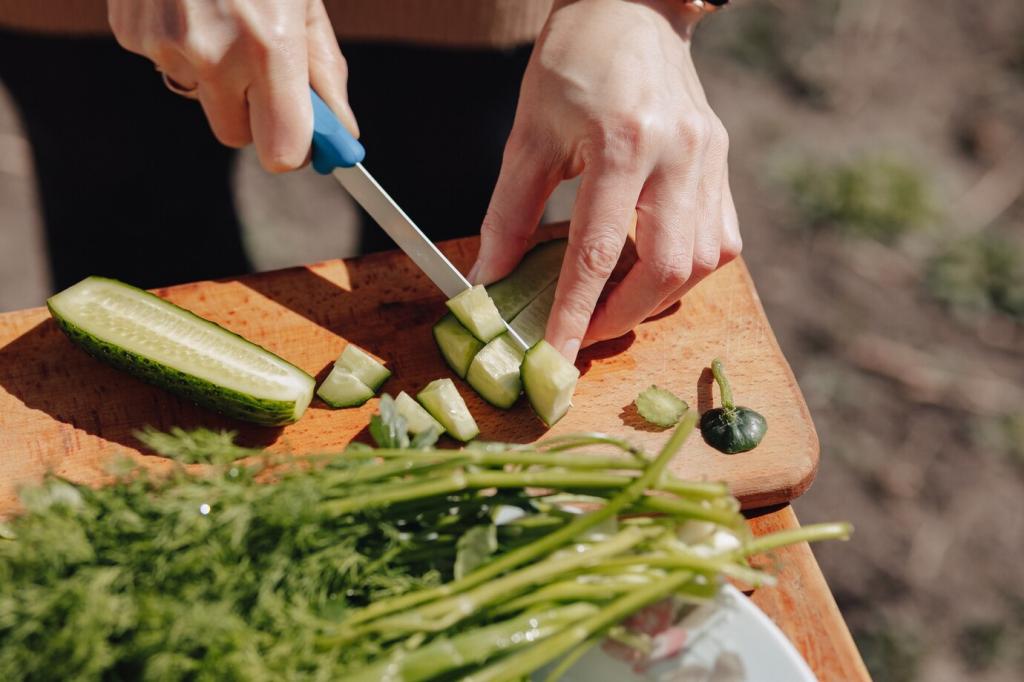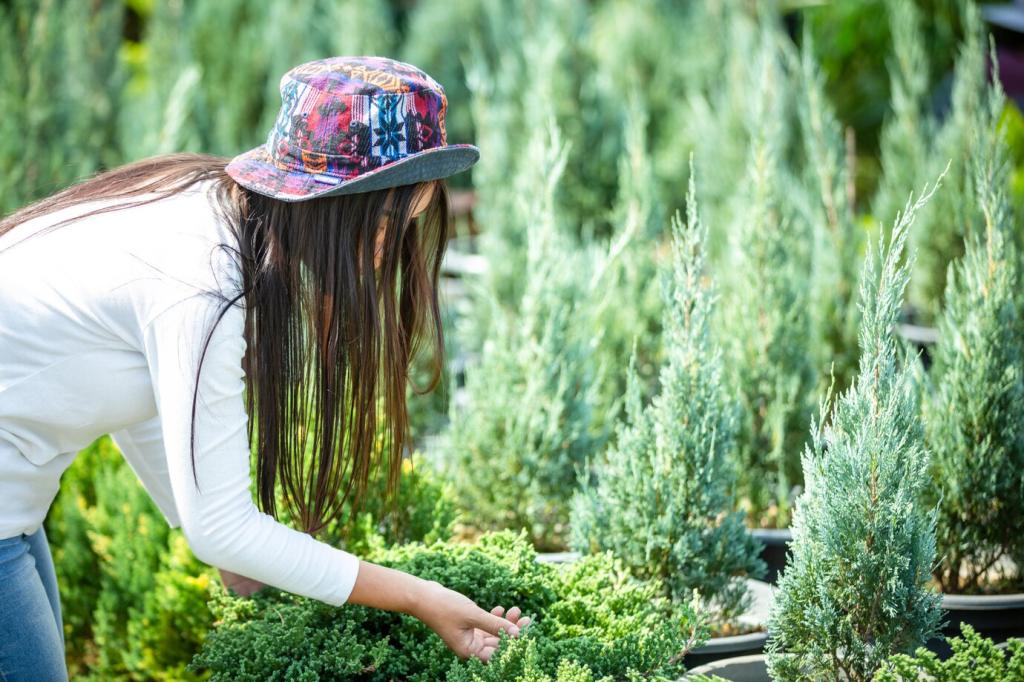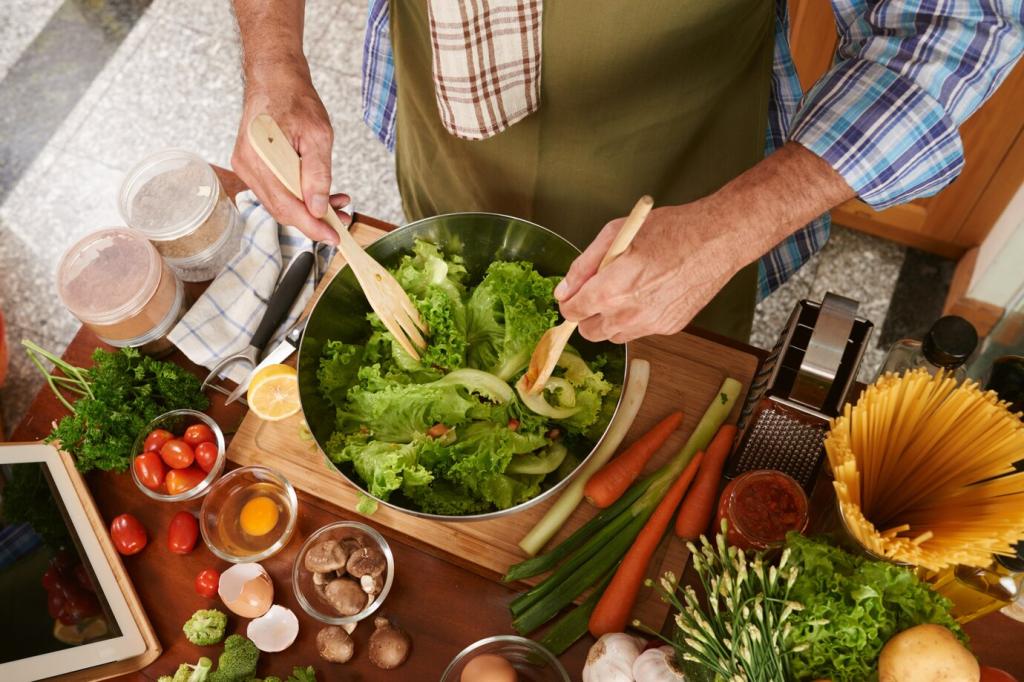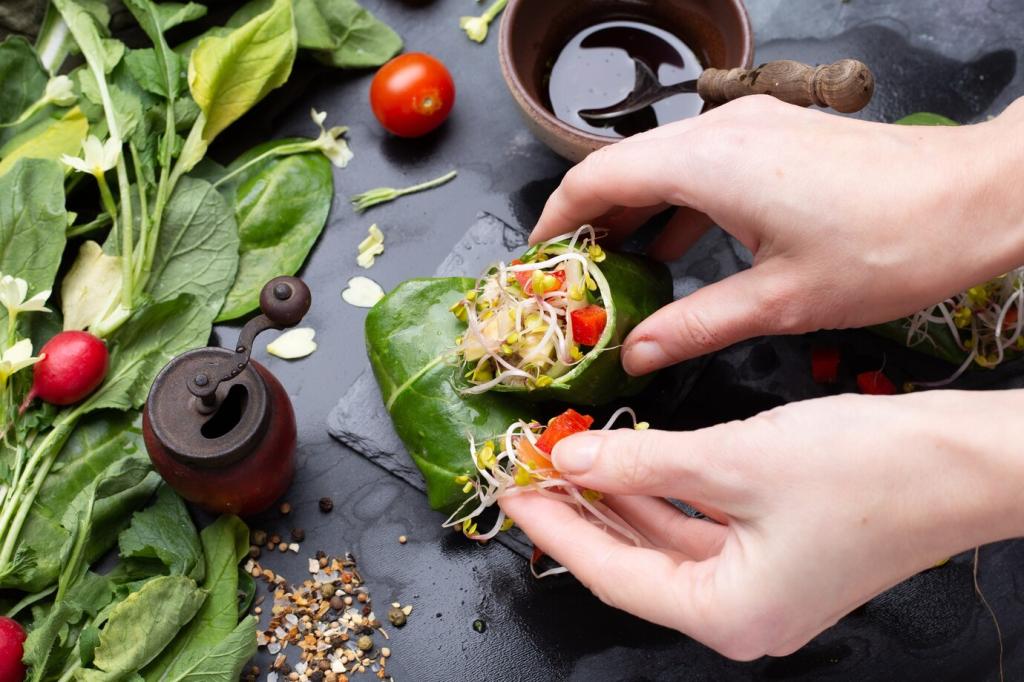Choosing Chef-Driven, Eco-Smart Herbs
Rosemary, thyme, and sage anchor beds year after year, minimizing replanting and potting waste. They handle lean soils and light drought, rewarding patience with concentrated flavor. Share your most reliable perennial and the dish it never fails to elevate.
Choosing Chef-Driven, Eco-Smart Herbs
Let some basil and chives flower to feed bees and hoverflies, improving garden resilience. A buzzing patch supports better fruit set for nearby plants and stabilizes harvests. Guests love edible blossoms sprinkled over warm ricotta or garden salads.








